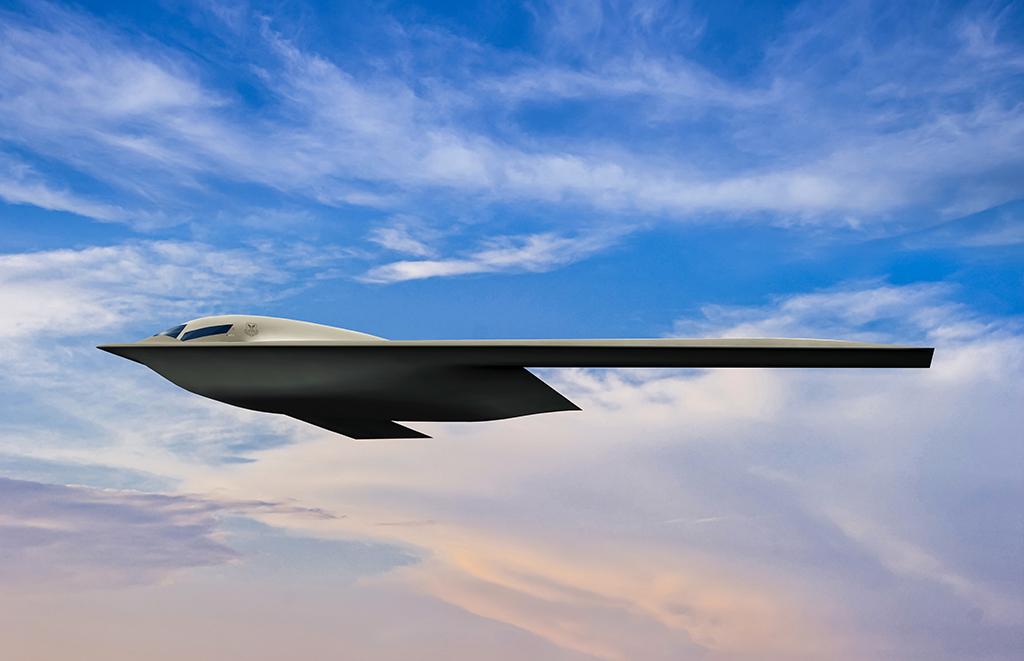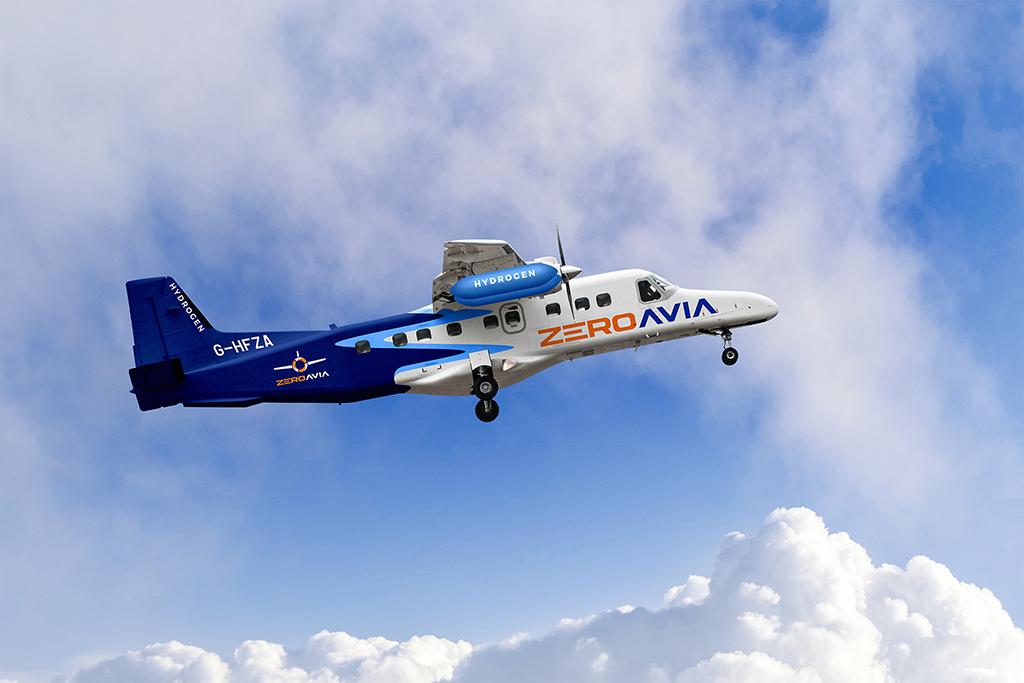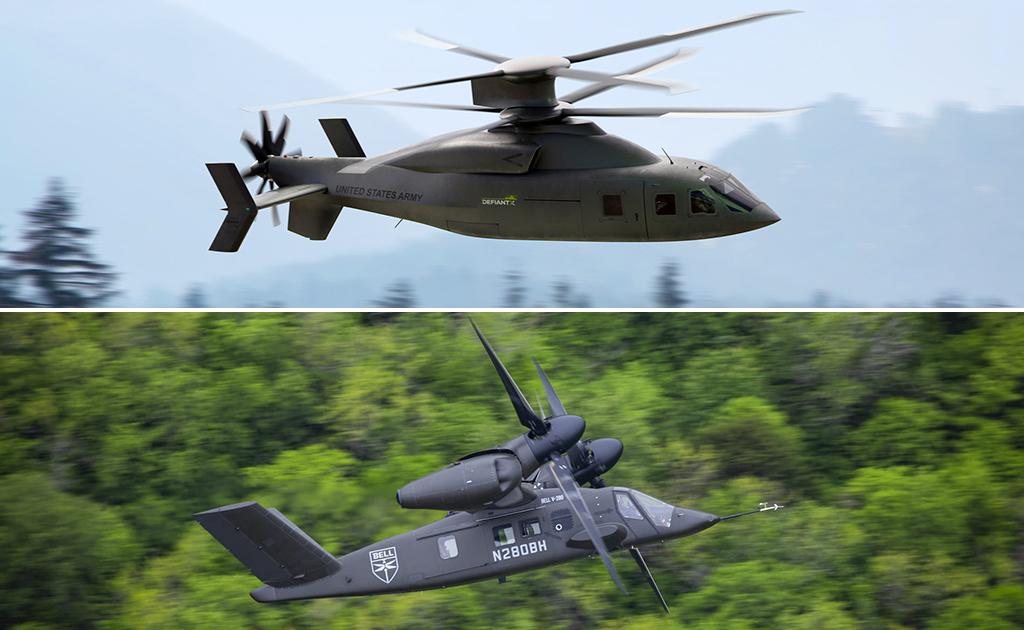
Bomber Balancing Act
The rollout of the U.S. Air Force’s Northrop Grumman B-21 stealth bomber early in 2022 will come as China pressures the U.S. across a wide range of military capabilities—from hypersonics to space. But the celebration could be brief, with China stepping up hints that the rollout of its Xian H-20 long-range bomber is close and the U.S. reporting Beijing also has a second medium-range bomber in development.

Supersonic and Hypersonic
As a year of speed, 2022 is set to mark first flights by Boom Supersonic’s XB-1, a demonstrator for its planned Mach 1.7 transoceanic airliner, and NASA’s X-59, designed to evaluate the public acceptability of low-boom supersonic flight over land. Also set to fly are Stratolaunch’s air-launched Mach 5-plus Talon-A reusable testbed and Hermeus’ Quarterhorse, a combined-cycle engine testbed for a Mach 5 transport.

No New Narrowbody?
A321XLR long-range narrowbody.

SLS and Starship
The first flight of NASA’s Space Launch System and Orion capsule has slipped to February 2022, the first crewed flight has been pushed to May 2024 and a third launch to return humans to the Moon is delayed to 2025. That cautious pace is in stark contrast to SpaceX’s plans to fly its Starship reusable heavylift launch vehicle about a dozen times in 2022, beginning with a first orbital test in January or February.

Hydrogen Takes Off
Universal Hydrogen and ZeroAvia will flight-test fuel-cell powertrains in regional turboprops in 2022 as interest in zero-emission hydrogen propulsion intensifies. While the startups are backing hydrogen-electric as the fastest route to market, Airbus is to test hydrogen combustion in existing turbine engines and conduct a flight demonstration of liquid-hydrogen tanks as it aims to field a zero-emission airliner by 2035.

Aviation Electrified
After a year in which the news has been financial, the focus for the advanced air mobility market will return to the technical side of the equation in 2022 as the leaders in the electric vertical-takeoff-and-landing industry finalize their certification plans and fly conforming prototypes. China’s EHang could receive domestic certification in 2022, but all eyes are on 2023 for Joby in the U.S. and Volocopter in Europe.

Reaching the Station
Two years after its flawed first orbital flight, Boeing’s CST-100 Starliner capsule still faces crucial uncrewed and crewed tests in 2022 before it can join SpaceX’s Crew Dragon in being certified for routine transportation to the International Space Station (ISS). Sierra Space hopes to begin regular cargo flights to the ISS in late 2022 with a first flight of its Dream Chaser reusable spaceplane.

Next-Gen Rotorcraft
Once labeled moribund, the U.S. rotorcraft industry faces a momentous year. In mid-2022, the U.S. Army is expected to choose either the Bell V-280 tiltrotor or Sikorsky/Boeing Defiant X as its Future Long-Range Assault Aircraft to replace 2,000 UH-60 Black Hawks. And Bell’s and Sikorsky’s competing prototypes for the Future Attack Reconnaissance Aircraft are planned to fly by year-end.

Net-Zero Aviation
Many airlines pledged in 2021 to achieve net-zero carbon emissions by 2050, but the strength of those commitments will be tested in late 2022 when the International Civil Aviation Organization Council must approve a global long-term goal. The need to aim high and act fast will put immense pressure on the organization to reach a binding consensus that will accelerate aviation’s decarbonization.

Safeguarding Space
Space debris
Issues on a global scale face the aerospace and defense industry in 2022, ranging from the sustainability of aviation to the safety of space and the strategic military balance to the competitive field in commercial aviation. Here are some events to watch for in the year ahead.
